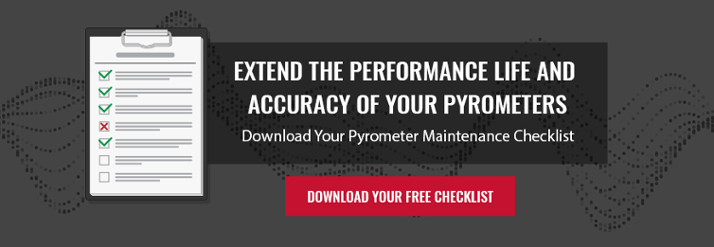
Recently, there has been an unfortunate upward trend in manufacturing production costs. Across every industry, products are becoming more complex—which means they’re also becoming more complicated (and expensive) to produce. Additionally, if your customers are asking for higher quality end products, you may need to spend more on equipment or employees to help you manage your quality control process.
In the midst of all this, it can be difficult to think of ways to meet customer expectations while striving to retain your profit margins. In spite of complex machinery, high customer demands, and high costs of ownership, you can still decrease your costs. The following points should help you determine how to reduce production costs in manufacturing your steel products.
Begin to Monitor Your Unplanned Downtime
When customer demands increase, you may be tempted to increase the speed of your production as well. When you increase the speed of your production line, however, you also increase heat, friction, and vibration—all factors that negatively affect your machines.
To understand your ideal production speed, you need to begin logging data. If you’re using newer machinery, they may be equipped with sensors that monitor heat and vibration. If your machines are older, you can purchase devices like industrial temperature pyrometers to help you improve overall accuracy. With the data from these devices, you can begin to build a picture. The last time you had unplanned downtime:
- How long had the machines been running?
- How hot were they running?
- What was the pitch of their vibration?
- What part or process began to experience anomalies first?
Once you’ve built up this data over enough incidents, you can begin to undertake step two.
Begin a Program of Predictive Maintenance
While most equipment manufacturers provide a recommended maintenance schedule for their machines, you should have (or create) an overall maintenance schedule. By doing so, you’re making your maintenance regime more than just preventive—you’re making it predictive.
Predictive maintenance doesn’t follow time-based triggers. Rather, it relies on continuous monitoring and analysis within the plant. Instead of replacing a part just because a certain amount of time has gone by, you might see a message from an automated sensor saying “Part X is now vibrating at a higher pitch of Z. It normally vibrates at a pitch of Y. This new vibration indicates that the part will fail within 72 hours.”
Predictive maintenance has benefits even over preventive maintenance. Instead of running your machines for a set time and replacing parts “just in case,” predictive maintenance can tell you exactly when your parts will fail—meaning that you can run your machines right up until that point; you can run them longer than you would be able to with a passive maintenance plan. You’ll reduce operational costs by spending less time on maintenance and more time on production.
Implement an Equipment Upgrade Plan
So you’ve established predictive maintenance. You can now run your machines faster and closer to their operational red zones. You need to worry much less about taking your machines offline on a regular schedule because your sensors will let you know if and when they’re about to break.
So, what’s next?
Your next step is equipment upgrades. Yes, we already said that machines were getting more complicated and thus more expensive to run—but hear us out.
- Let’s say that you’re still running preventive, not predictive maintenance. Equipment upgrades will provide you with the sensors and software you need to level up to a fully predictive model.
- Alternatively, let’s say you’re running a predictive maintenance model. No predictive model is perfect—you may still experience some unplanned downtime if equipment fails without warning signs. In this case, you need equipment upgrades in order to procure better and more sensitive sensors to continue to chop down unplanned downtime.
- Lastly, say that you already have the best sensors that money can afford. This means it’s time to focus on more durable parts. If your predictive or preventive maintenance identifies parts, machines, or processes that keep failing under heavy strain, that means it’s time to upgrade to equipment that performs better under stress.
By combining your equipment upgrade plan with data from predictive maintenance, you’ll be able to develop parts, equipment, and processes that fail less often under high speeds. You’ll spend less on maintenance, and end up with more productive and more efficient machinery.
Create a Complementary Training Program
Once you have the right prerequisites, it’s fairly easy to run your machines faster. Can you run your workers faster too?
In some cases, increased production volumes may overrun your workers’ capabilities. This may mean hiring more workers to pick up the slack. Alternatively, it may mean automating some parts of the job that human workers may now be too slow to accomplish. If you can’t automate or hire your way out of the problem, however, there are still things you can do with the workers you have.
Training your workers to keep up with an increased speed of production is one way to handle it. Another way is to train them to help reduce production costs in other ways. Training your employees to identify and reduce waste is a great way to make sure that they’re contributing to overall cost reductions in your manufacturing environment.
Instrumenting your machines, retraining your employees, and running predictive maintenance—these steps aren’t easy, but your clients didn’t hire you because you did easy work. Take these steps now, and your manufacturing environment will continue to be profitable on the margins, even in the face of increasing customer demands.

